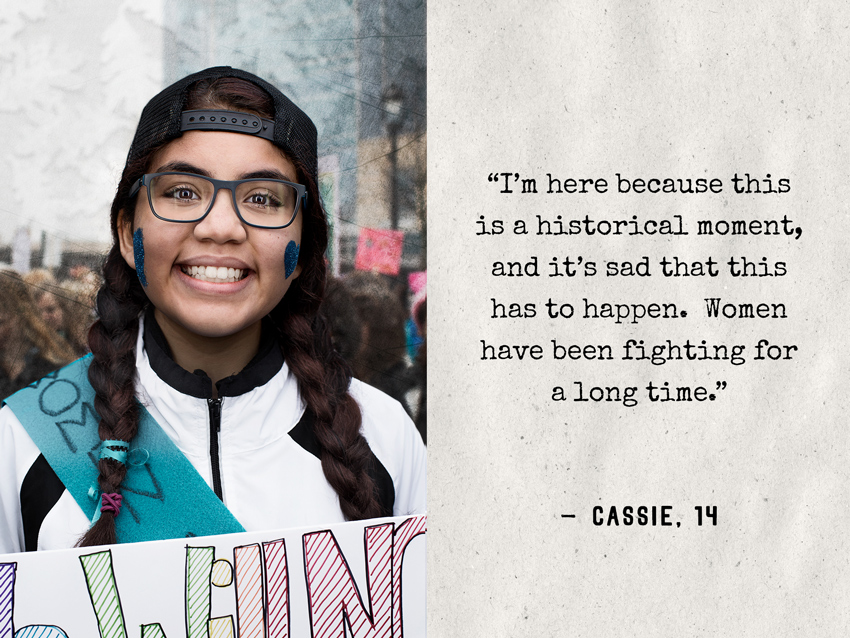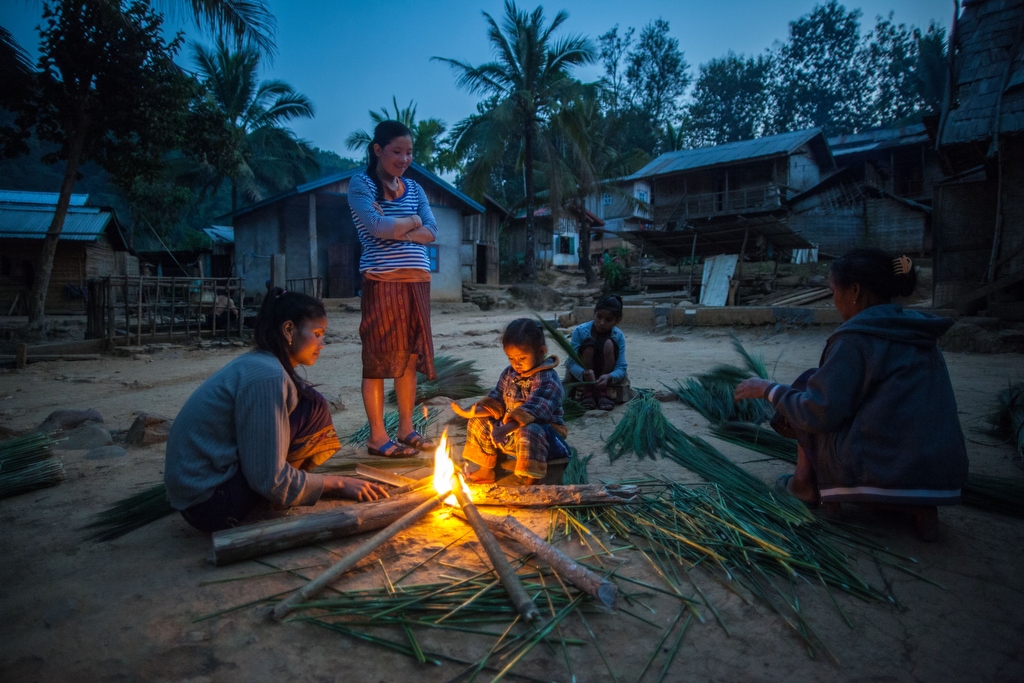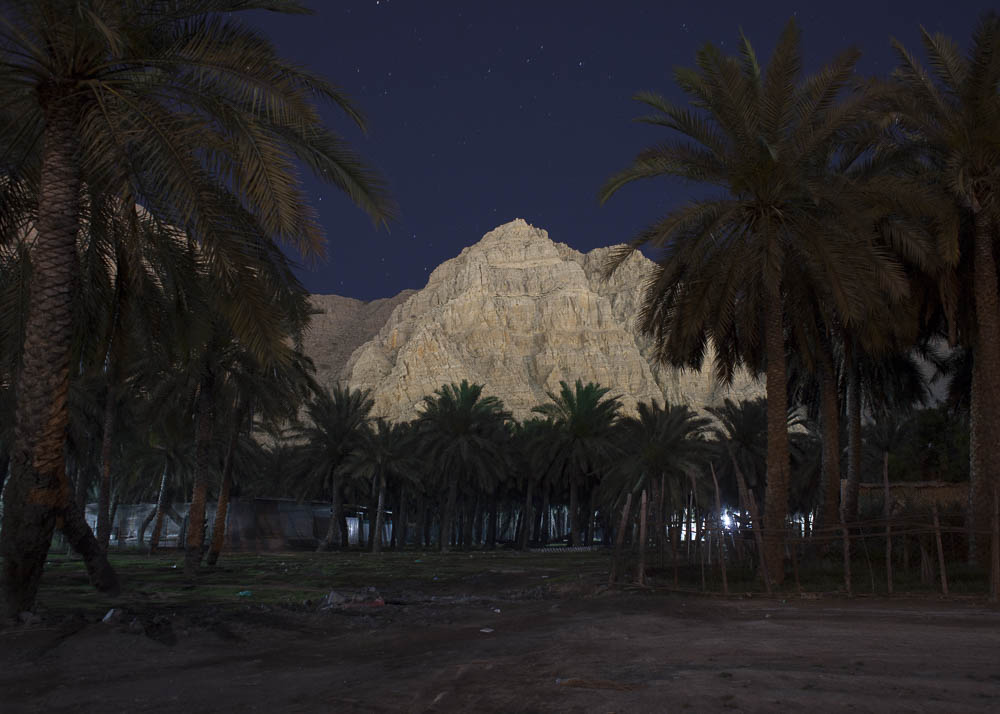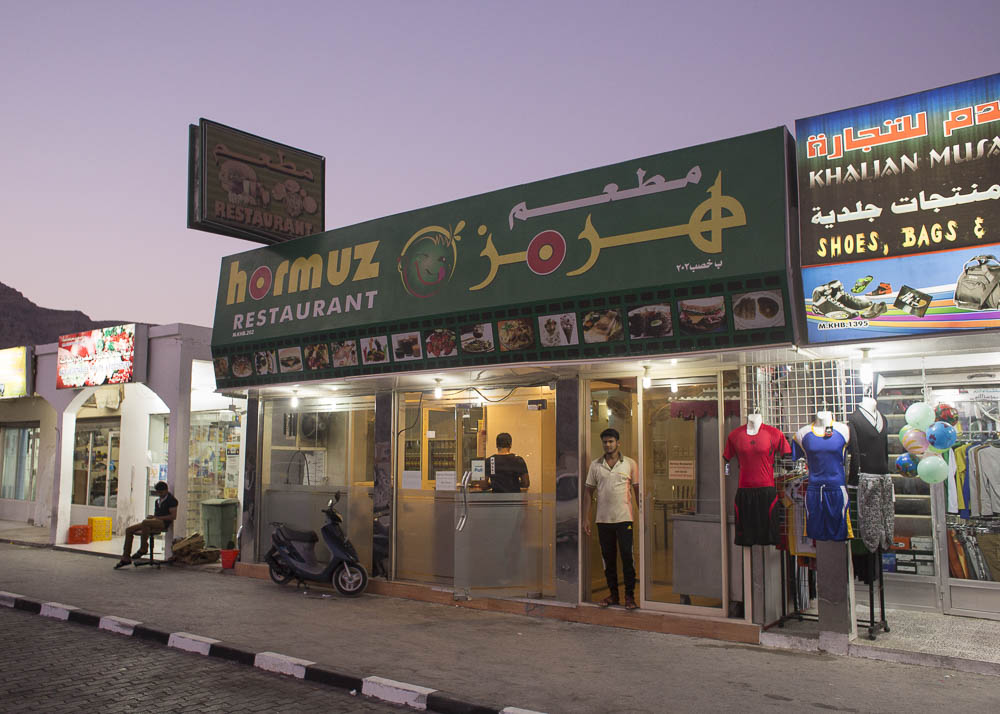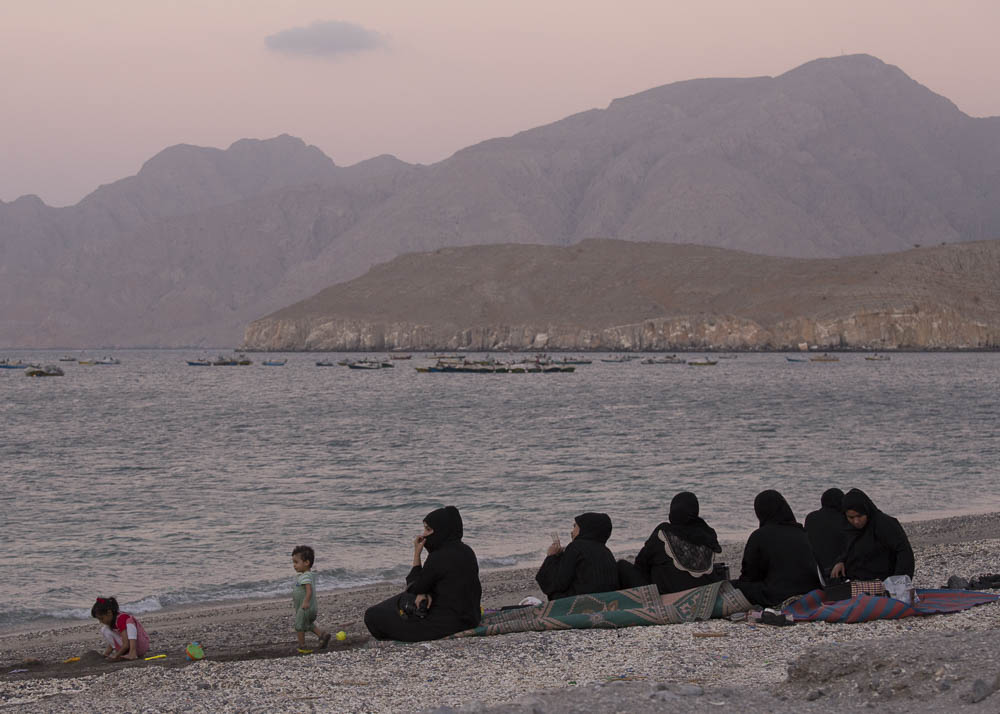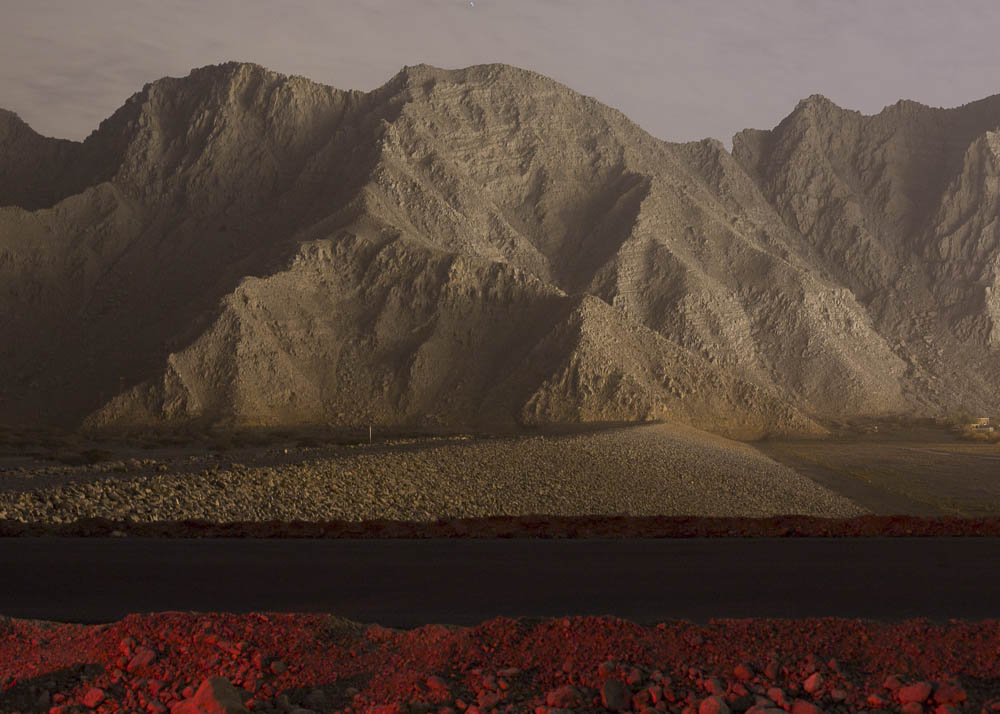PHOTOGRAPHER SPOTLIGHT
On January 21st, 2017 enormous crowds of people gathered across the country for the Woman's March. According to the organizers, its mission was to "send a bold message to our new administration on their first day in office, and to the world that women's rights are human rights." If you weren't able to attend the march in Washington D.C. or the countless sister protests in other cities, you couldn't have missed the media coverage or the social spread it took. The event and many others were talked about and discussed days after the event took place with many of the marches being streamed live on YouTube, Facebook, and Twitter.
Durham-based photographer Natalia Weedy was affected by the organizer's message, but her recent knee surgery hindered her initial plans to travel to Washington, D.C. for the main event. Still desiring to use this march as a creative outlet she felt compelled to attend, so she decided to stay local and soak up the positivity and inspiration by attending the Raleigh sister march in her own backyard.
I decided the day before to attend the march Saturday morning with my producer and assistant, both women, and to focus on children... I grew up with activist parents and from a young age was constantly participating in marches, sometimes knowing more than some adults about issues and other times cluelessly enjoying the camaraderie. This march was not only an opportunity to make beautiful portraits, but also to get a glimpse into the minds of our youth, while vicariously reconnecting with my past.
For Natalia, working with kids was a way to foster hope; as she recognizes that they're the future. Given how divided the nation currently is, there's comfort and wisdom in the innocent thoughts of the youth, Natalia writes.
Working in both the commercial and editorial fields of photography, Natalia is excited by the different challenges in each area. She's constantly on the hunt for stories she feels need to be told, but are often overlooked in mass media. Natalia has always been captivated by issues of social and environmental justice, and the variety of issues, people, places and perspectives to capture has kept her going.
“I focus on storytelling through imagery in all of my work. I have a passion for documentary work, and when I find a story that grips me and needs to be told, I take it on as a project of my own.”
After Natalia had settled on her creative concept, production was straightforward. Her Studio Manager, Lindsey Warren, and Production Coordinator, Olivia Martin, joined Natalia on the shoot to help with logistics and vetting subjects.
We went downtown a few hours before the march to capture the early attendees with a very light footprint: three women with one camera, two lenses, an iPad, two LED lights, a notebook, and a step stool. It was a fantastically foggy morning here in NC, so the ambient light was beautiful and a nice complement to the LED foreground lights.
For Natalia, her favorite part of the project was hearing from the families after she released the final images. Inspired and proud to see their kids featured in this project, one parent reached out with this message "I'm glad we were able to be a part of this project. Some people undermine the thoughts and ideas of children simply because they are young and may seem inexperienced at life, but it's in their youth when they are more apt to learning and taking in the world. I love how they've been given a platform to express their ideas and opinions based on their observations."
With Women's History Month wrapping up, Natalia continues to share the project digitally and is currently pursuing printing options as well as a potential collaboration with a non-profit.
See more of Natalia at nataliaweedy.com
This article was originally published Mar 28, 2017 on the Wonderful Machine Blog


